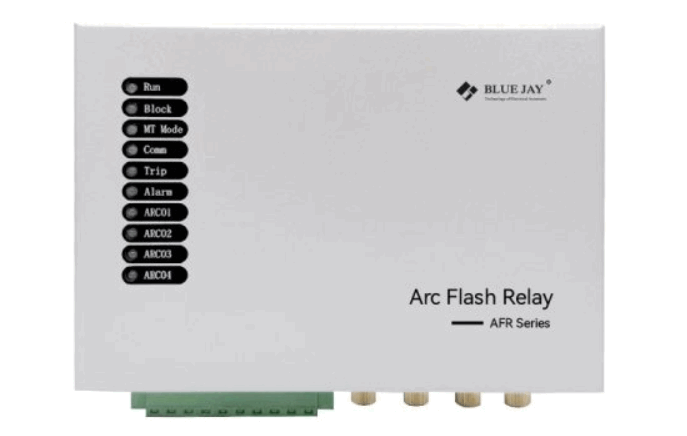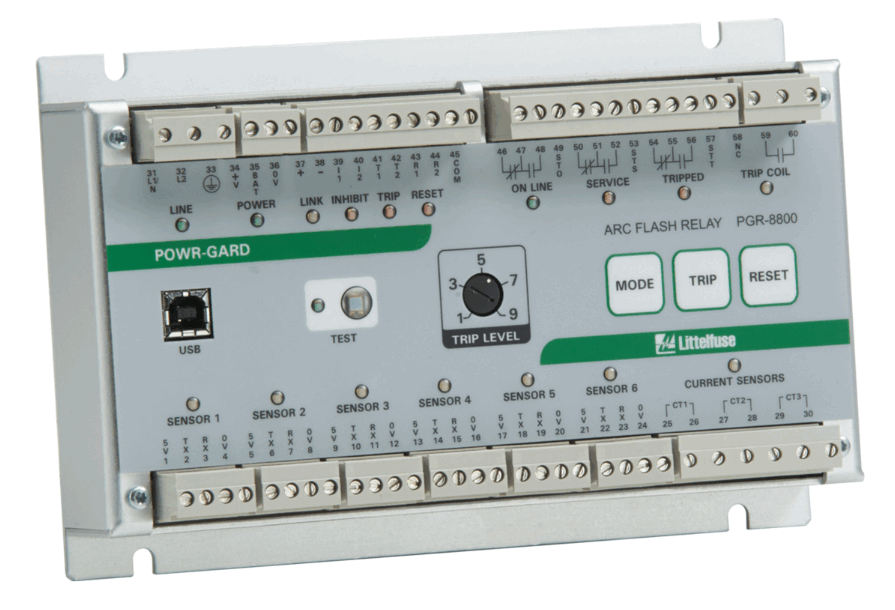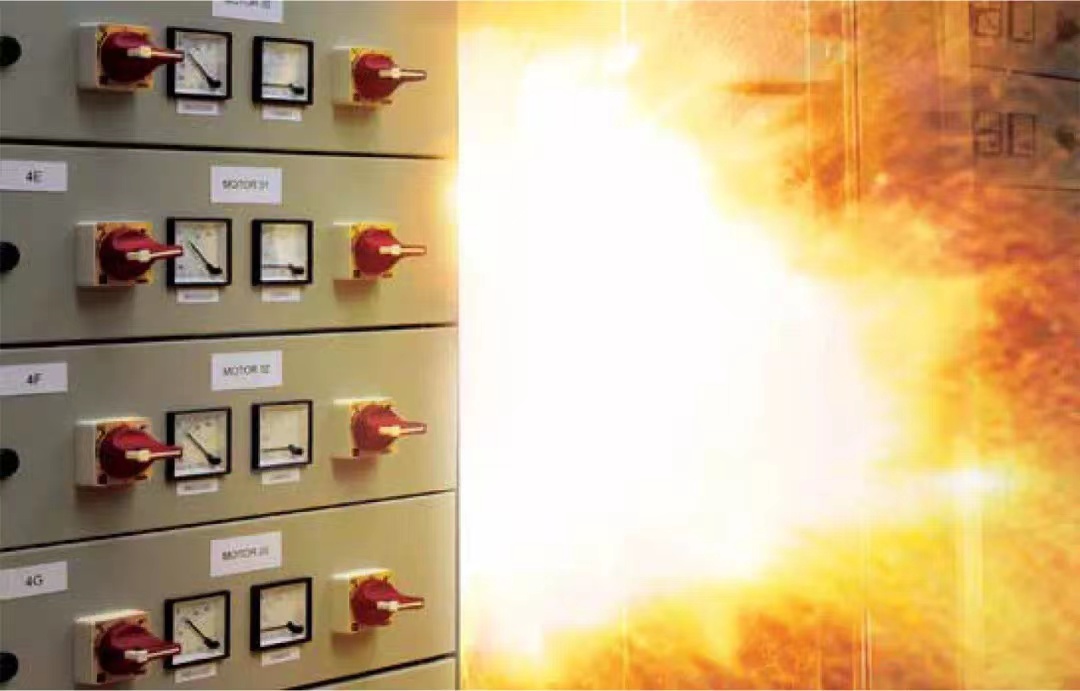
What are Arc Flash Mitigation Methods?
Arc flash mitigation methods, also called arc flash mitigation

A large industrial factory features a medium-voltage distribution room with a complex, interconnected switchgear system comprising five to seven distribution panels. This system forms the factory’s main distribution bus system, with the specific configuration tailored to meet reliability and load demands.
The switchgear system consists of several key sections:
Two Main Incomer Panels: These incomer panels connect to the external utility grid, allowing the factory to receive power from two independent substations or generators for redundancy.
One Bus-Tie Panel: This Bus-Tie panel is located between the two main incomer panels and connects two independent bus sections. In the event of maintenance or a fault with one of the main incomers, the bus-tie’s circuit breaker can switch the power source, ensuring continuous operation.
Two to Four Feeder Panels: These feeder panels provide power to dozens of large pieces of equipment in the plant, such as CNC machines, furnaces, and production lines. The number of feeder panels can be adjusted based on downstream load requirements.
Due to the sheer size of the switchgear and the multiple busbar compartments and circuit breakers inside, an arc flash event in any location could be catastrophic to both personnel and equipment. Therefore, installing a robust arc flash protection system was a critical priority for the factory.
To meet the requirement for comprehensive monitoring of 24 arc flash sensors across multiple switchgear panels, we have identified the PGR-8800 and AFR-4 arc flash protection relays as suitable solutions.

Since a single AFR-4 arc-flash protection relay supports four arc-flash sensors, to cover the total requirement of 24 sensors, the factory needed to purchase and install six independent AFR-4 arc-flash relays. One AFR-4 could be installed in the main incoming feeder panel and busbar tie panel, each responsible for monitoring eight key points within its coverage area. Four AFR-4 arc flash relays could be installed in each of the four main feeder panels, each responsible for monitoring four sensor points. Finally, the RS485 interfaces of all six AFR-4 units could be connected to a central monitoring system (such as a SCADA or PLC). This allows for real-time viewing of all 24 sensors, along with the status, alarms, and event logs of each switchgear, all from a central operator interface.
This AFR-4 arc flash protection solution is a decentralized, independent protection system. Each AFR-4 arc flash relay operates autonomously, with its tripping logic and relay outputs. If an arc-flash fault occurs in a zone, only the AFR-4 in that zone will immediately issue a trip command, opening the circuit breaker in its assigned zone. It does not send a trip signal directly to the other 5 AFR-4 arc flash protective relays.

A single PGR 8800 supports up to six arc flash sensors, enabling comprehensive monitoring of large or complex distribution systems (up to 24 sensors). Four Littlefuse PGR-8800 arc flash relays can be connected via cascade cables to form a logical “master-slave” system. A PGR 8800 is installed in one of the two main incoming panels, providing sensor coverage for the main circuit breaker compartment, busbar compartments, and portions of the tie panel. A Littlefuse PGR 8800 Arc Flash Relay is installed in the bus tie panel, primarily monitoring busbar connection points, tie circuit breakers, and adjacent busbars. Finally, two PGR 8800 arc flash relays can be installed in two to four feeder panels, with sensors evenly distributed across all feeder panels, covering each outgoing circuit breaker compartment and feeder busbars.
The core of this solution is to leverage the PGR-8800’s cascading capabilities to integrate multiple units into a unified protection system, enabling centralized monitoring and coordination of all switchgear. When any sensor detects an arc fault, this unified system quickly and accurately selectively trips based on pre-set logic, isolating only the faulted area rather than the entire power system, thereby maximizing data center operation.

In summary, the AFR-4 arc flash protection solution, characterized by its decentralized and independent nature, effectively protects each zone. Its advantages lie in its simplicity and directness, as well as its regionalized protection. However, achieving unified management of the entire switchgear and complex coordination requires reliance on an external central monitoring system. In contrast, the PGR-8800’s cascading solution provides this integration capability, simplifying the overall deployment and coordination of large systems.

Arc flash mitigation methods, also called arc flash mitigation

This article will introduce you to the definition of





